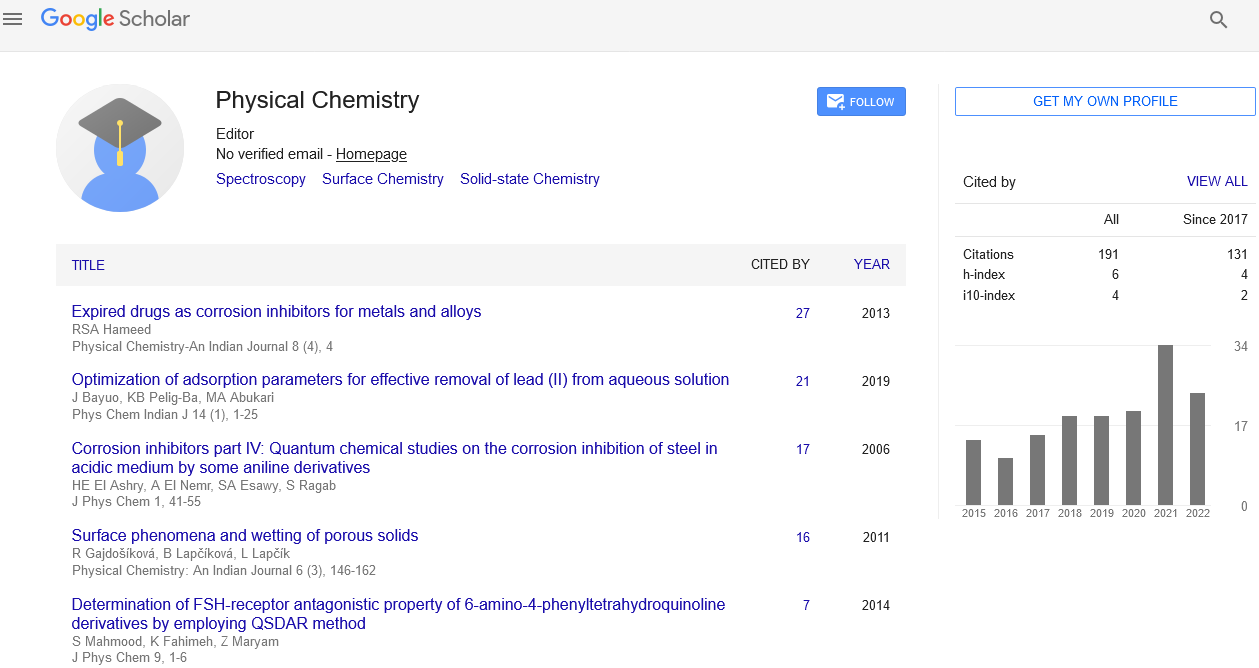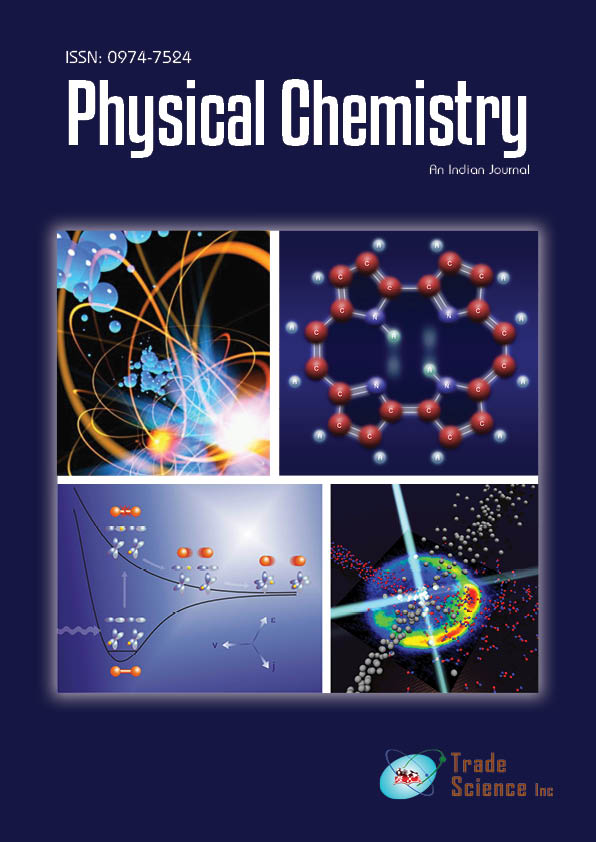Abstract
Kinetic and thermodynamic study of eosin Y dye biosorption by leaves of date palm (Phoenix dactylifera L.)
Author(s): Adel Amini, Nader Bahramifar, Fereydoon Ashrafi, Hassan Ghasemenjad-Bosra, Elahe AminiDyes and pigments to cater to the needs of not only the textile industries but also of other industries such as paper, rubber, plastics, paints, printing inks, art and craft, leather, food, drug and cosmetics. EosinYis as amodel anionic dye that is used in wool and silk to give red colour with a yellow fluorescence. Generally dyes are stable to light, heat and oxidizing agents and are usually biologically non-degradable. The dye-bearing effluent, when discharged into water bodies, affects photosynthesis, aquatic life, and also humans. Many investigators have studied different techniques for removal of colored dye from wastewater. The leaves of date palms, Phoenix dactylifera L. were used as biosorption of phosphates fromaqueous solution, dyes. Since adsorption of eosin Y is used by chitosan nanoparticles, activated carbon. The present study deal with the adsorption of eosin Y from aqueous solution using the Leaves of date palm of Phoenix dactylifera L. The concentration of dye was determined by a UVvisible spectrometer. In this study The effect of contact time, pH of solution, adsorbent dosage, initial eosin Y concentration and effect of temperature were investigated. The equilibrium and kinetics of the process were investigated as well. The eosin Y uptake increased with the increase of initial eosin Y concentration and decreased with increasing pH value. The Freundlich isotherm was found to be the most suitable for eosin Y adsorption on Phoenix dactylifera L date palm. A pseudo second-order kinetic model successfully explains the kinetic of reaction. The posetive values of ï„G, ï„Hï‚° and ï„Sï‚° indicate that the adsorption process is unspontaneous and endothermic in nature. For desorption of the dye from the adsorbent,It was observed that the desorption of the dye is favored at highly basic pH (desorption was 86.952 %at a pH of 13). Desorptionswere obtained after 180minute of operation. The results of present investigation show that the relatively low cost and high capabilities of the Phoenix dactylifera L date palm make them potentially attractive adsorbents for the removal of eosin Y from aqueous solution.

